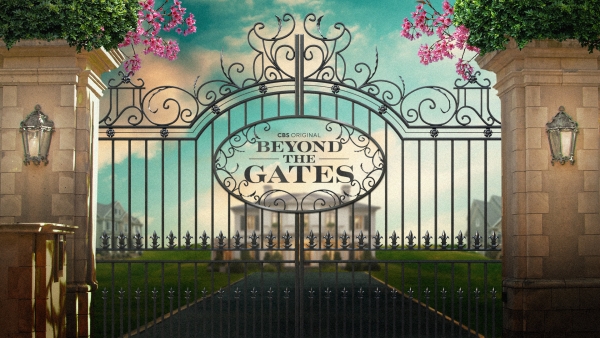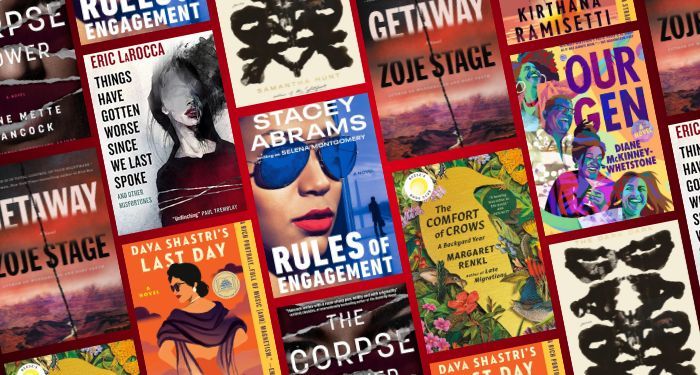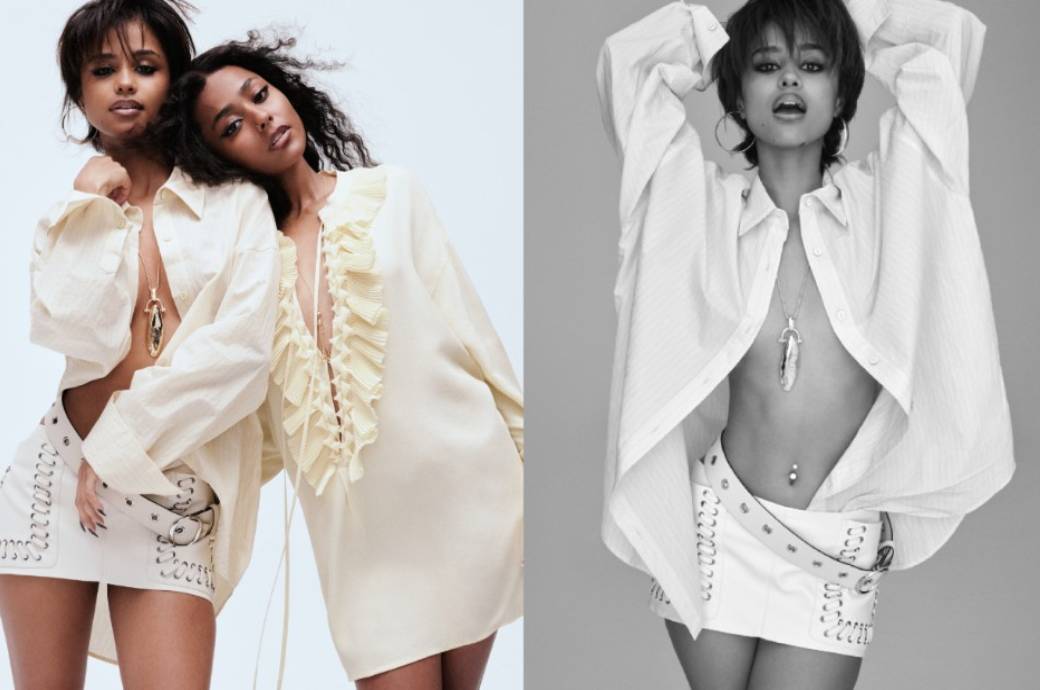At the root of it all is a desire to assimilate — or, even escape. Growing up in a colony like Puerto Rico, I know a thing or two about being indoctrinated into acting, dressing, and aspiring to be like your colonizer — or the ruling class. From a young age, I saw local magazines preaching that the elegant and classic styles worn by socialites and royalty like Jackie Kennedy, Queen Letizia of Spain, and Kate Middleton, and which San Juan-based socialites followed to a tee, were superior to the trends that emerged on the streets of Puerto Rico. If a girl wanted respectability, and most of all, access to opportunities and spaces she wasn’t supposed to have, wearing popular fashion trends, like baggy jeans, colorful tube tops, and hoop earrings, was not the way to go. The key was to look like you were born into so much wealth that you had no reason to show it off — only bask in it. I navigated that kind of code-switching from the time I was in middle school. When I moved to San Juan, where wealthier communities lived, I shed layers of rural styles and absorbed the Eurocentric looks celebrated there. “There is a racist undertone in this because it goes against the native cultural expressions of other communities, who are not the white elite,” says Beltrán.















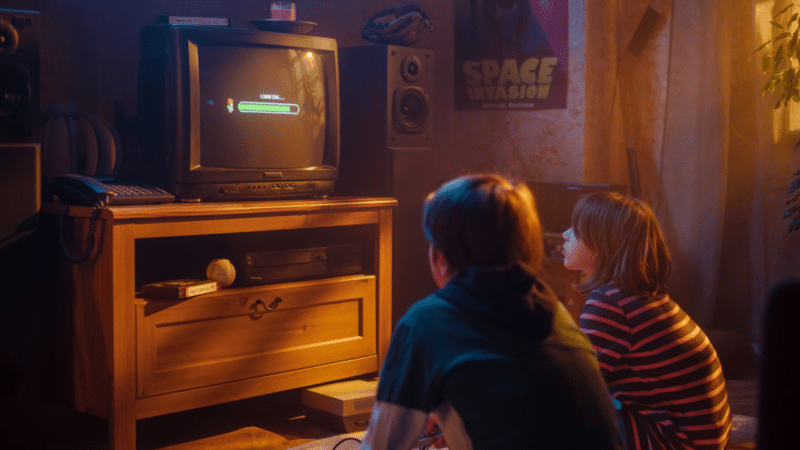








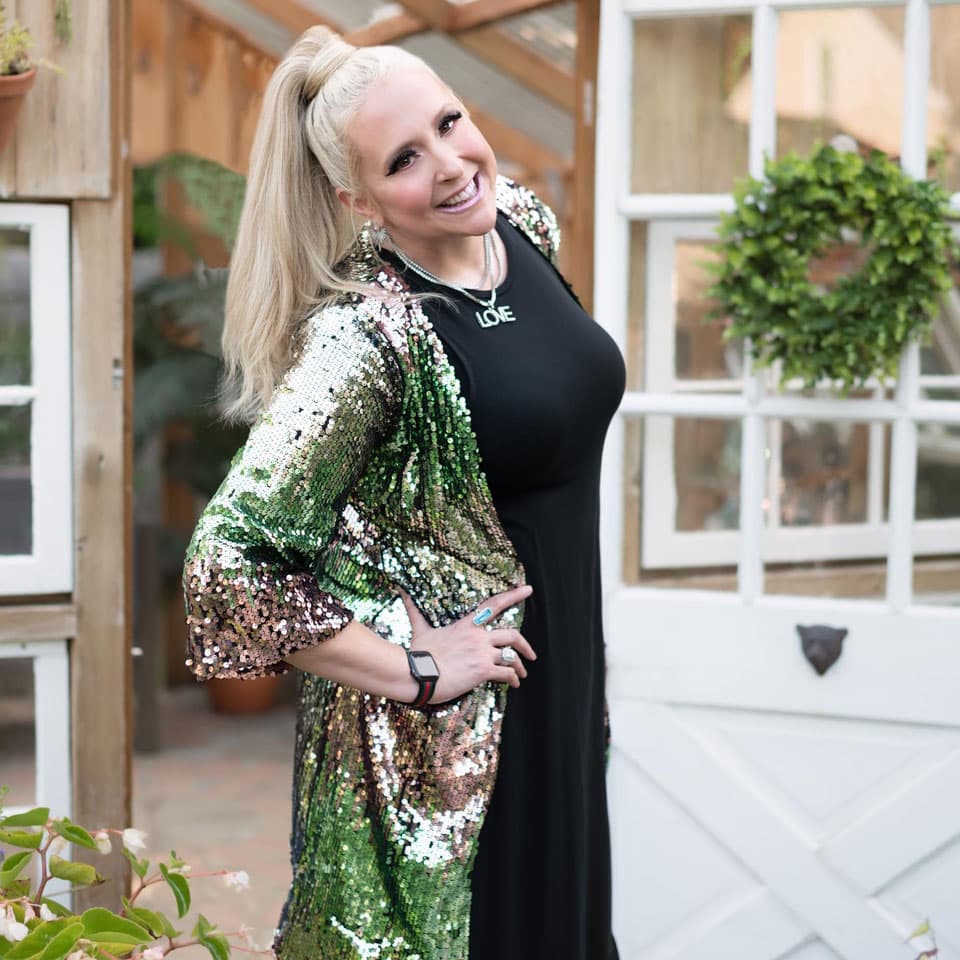
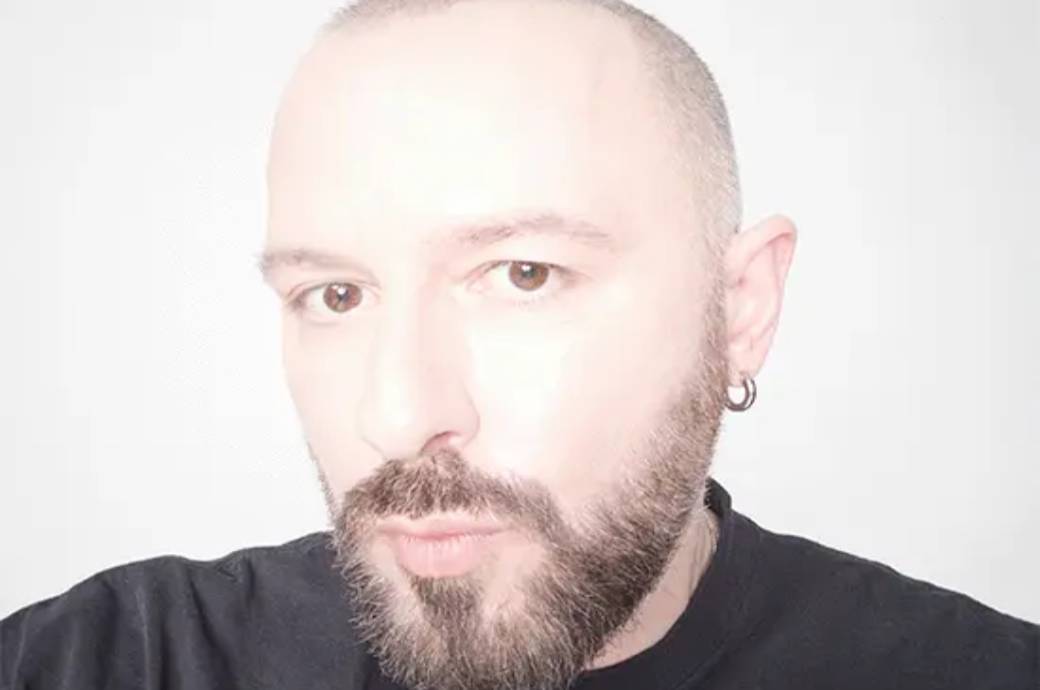
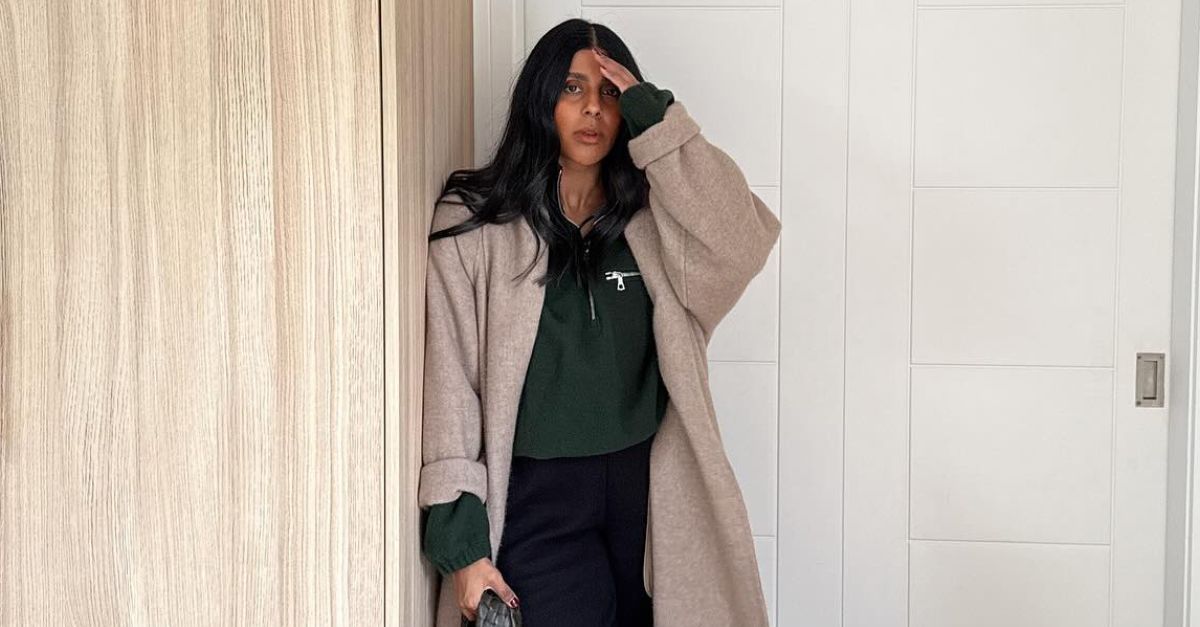
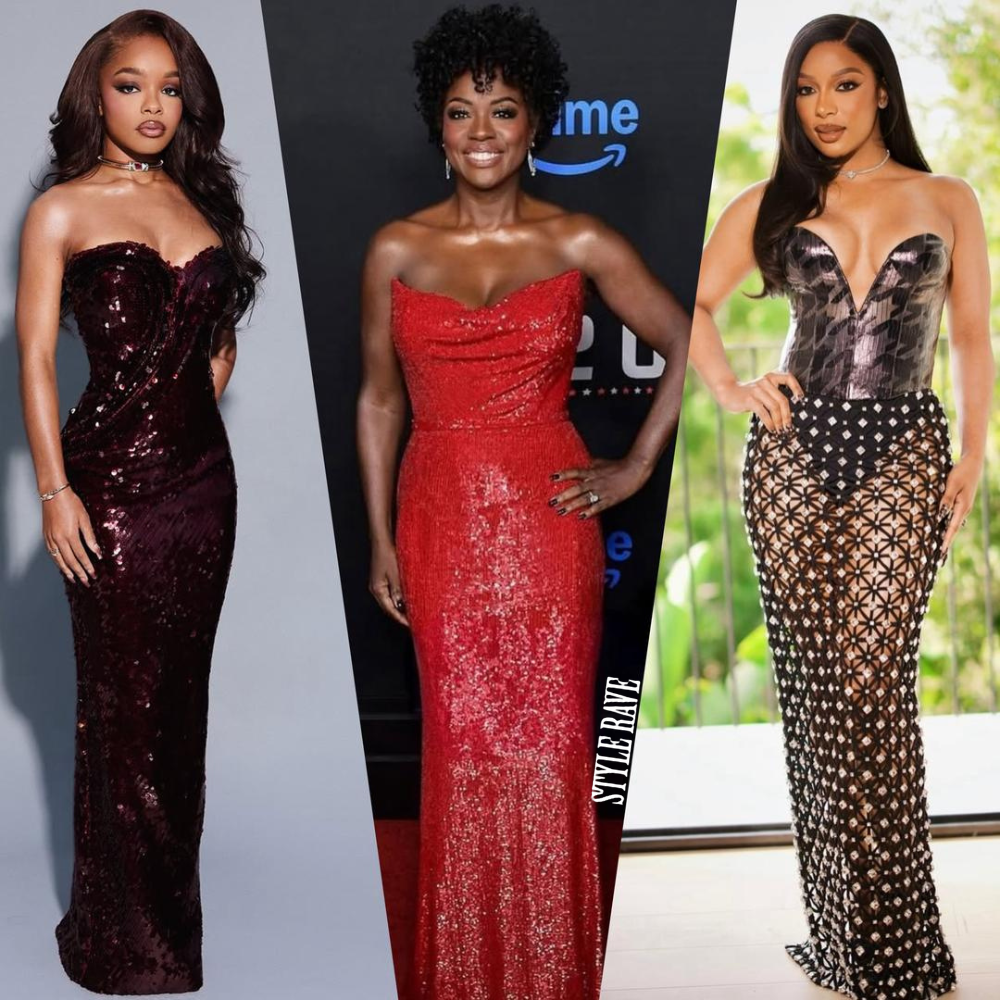
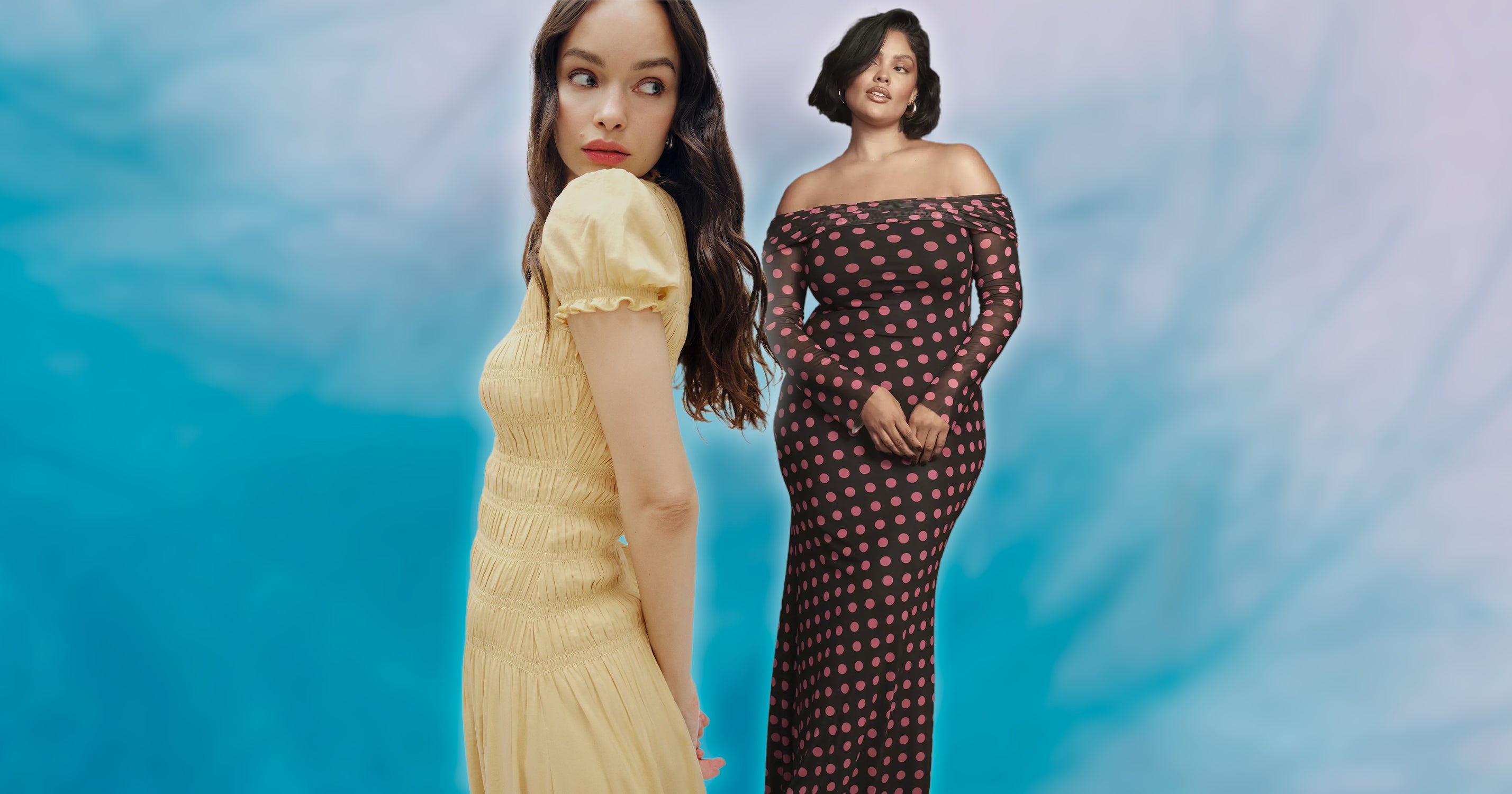
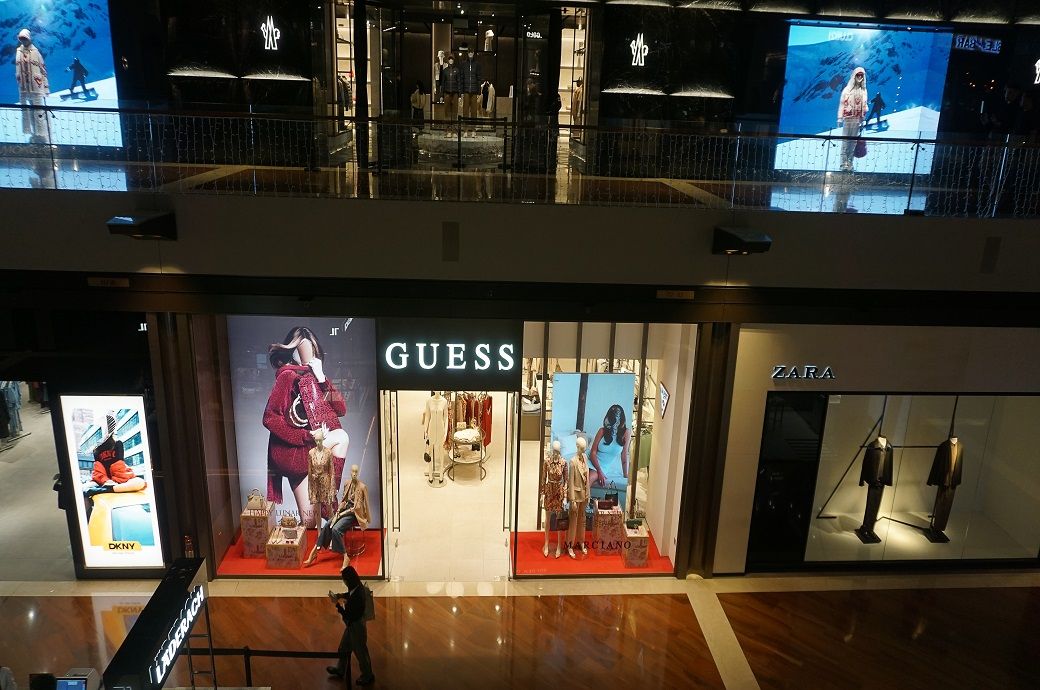
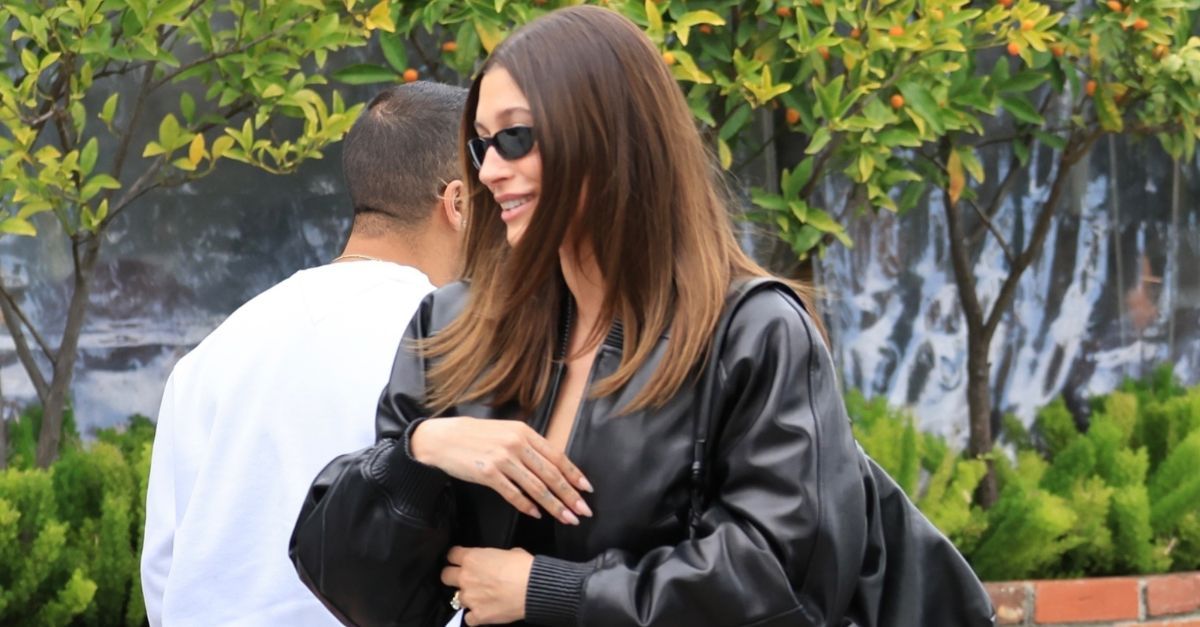









![Spider-Man Is Back in Black With the Green Goblin in New Funko Pop! Figures [Exclusive] Spider-Man Is Back in Black With the Green Goblin in New Funko Pop! Figures [Exclusive]](https://static1.colliderimages.com/wordpress/wp-content/uploads/2025/03/spider-man-the-animated-series-green-goblin.jpg)


